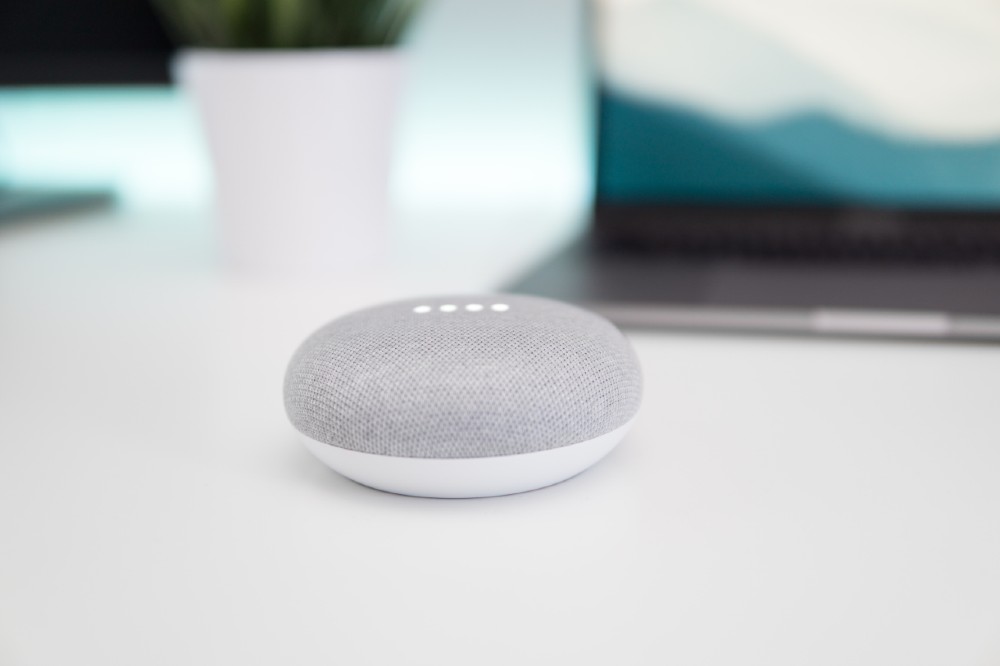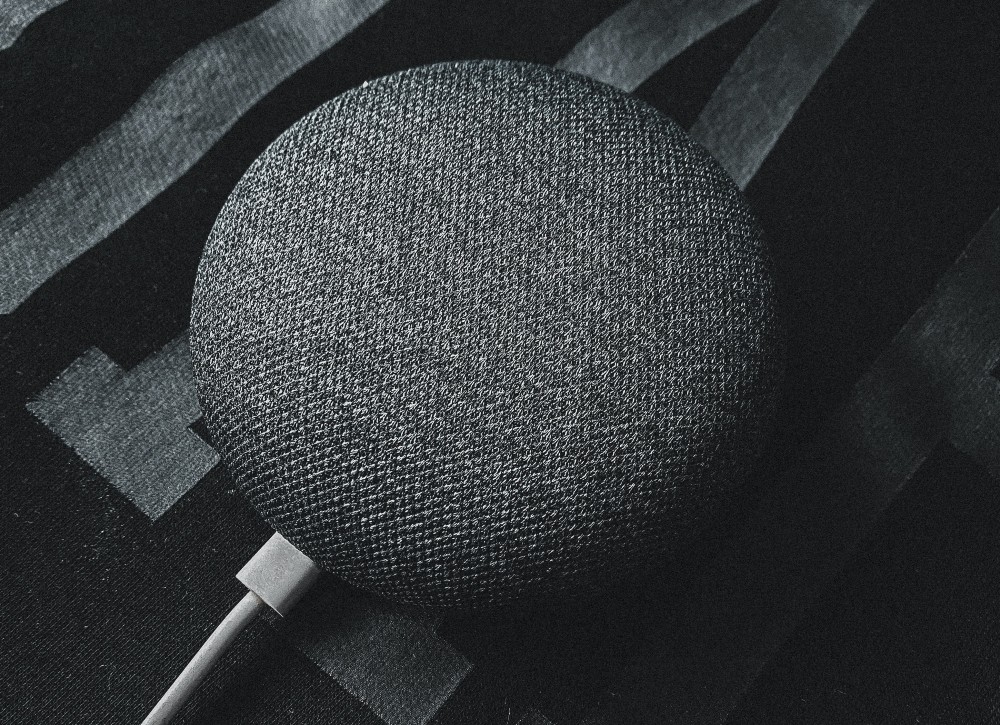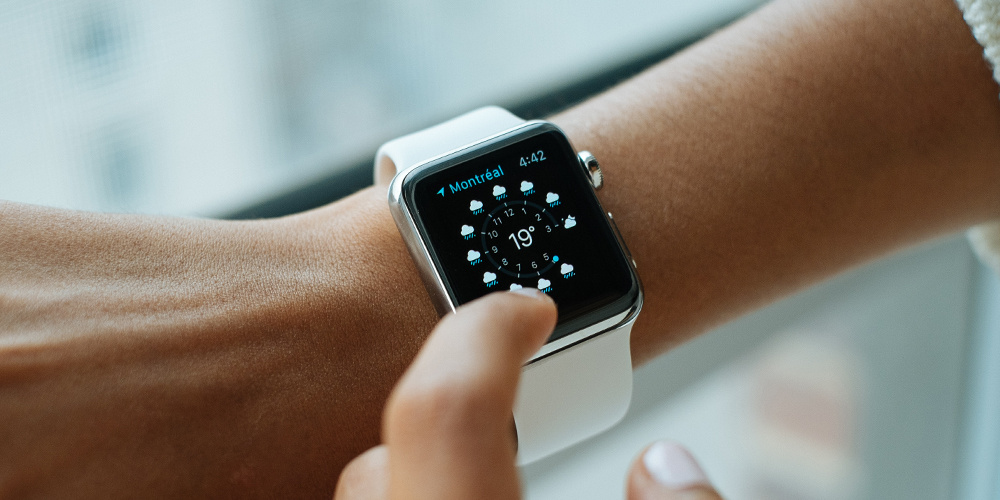Remember when Amazon came out with their “innovative” new idea – – the Dash button? We reported on it a few years ago.
Well, just in case you need a refresher, Amazon created a physical representation of their digital “buy” button in an effort to make buying items from Amazon easier, especially related to items most frequently purchased (like laundry pods and toilet paper). The goal was to provide customers a way to put a sort of reminder next to their frequently purchased items, and press it when they realize they need to order more.
At first, everyone thought this was a great idea… until the price tag and the product’s limitations were shown.
These “buttons” were made of inexpensive plastic and sold for a whopping $4.99 a piece. Not only that, but each button was specific to a certain item, so you couldn’t just buy one Dash – you had to buy one for every item you bought regularly.
That means, depending on what you bought on a regular basis, a single person could have hundreds of these Dash buttons all around their house, making this strategy very unsophisticated and inefficient.
Amazon hasn’t completely abandoned their Dash buttons, as I’m sure they have users here and there, but they definitely have moved on through their Amazon speakers, guided by Alexa, an AI, and they’re not alone. However, for the remainder of this story, given their general popularity and “household name” status, I’ll use Amazon as my prime example.
Now, don’t get me wrong, smart speakers like the Echo are usually satisfactory, at least from a musical perspective, and Alexa does listen pretty well and has some pretty nifty tricks up her preverbal sleeve, but “she” does have her shortcomings.
Let me start by saying that Alexa-based devices, to me, have negatives that far outweigh the positives.
My main reason for opting out of owning an Echo or another smart speaker is the fact that Alexa is always listening. It’s creepy to me, and to many others, but Amazon lives and dies by this strategy when it comes to its Alexa products.
They’re so invested in this feature because they had high hopes that people would use Alexa for far more than obtaining recipes, setting a timer, or reading the news to you (here’s a quick list of what Alexa can currently do, as reported by The Daily Sound). One of these said features is the ability to purchase items through their voice-activated, Alexa-based devices.
Well, I can officially say from a consumer’s perspective that they failed. According to eMarketer, “while some US consumers are warming to the idea of making voice-based purchases via smart speakers, the number of those doing so is smaller than initially estimated.”
But,why? Well, the answer makes perfect sense!
No one wants to buy what they can’t see. If you’ve ever worked in telemarketing or phone-based sales in any way, you know this is true. Having worked in retail in my early professional years, I can say with complete confidence that most consumers prefer to buy what they can see and feel, and if they can’t feel it (ie: eCommerce), they sure as heck want lots of photos and videos showing it off. It’s a fact that people would much prefer a tiny screen with some visuals than something with zero visuals.
In fact, eMarketer goes on to say: “The absence of screens on many smart speaker models is an added aspect of this problem – people often want to see products before a purchase. As a result, some voice buyers are instead opting to make purchases with other voice-controlled devices that have screens, such as smartphones and tablets.”
So what did Amazon really think would happen when they completely stomped on the normal buying process (ie: seeing is believing) by removing all visuals, and instead replacing it with something akin to ordering burgers in a drive through without a menu present? Could this just be a mass experiment, using consumers as guinea pigs while they try to find a new outlet for sales?
It’s possible! After all, Amazon is a marketing machine and if you work in marketing, you know you must perform tests to find out what yielded the best results.
But as both a marketer and a consumer, I digress.
In addition, consumers are also concerned about payment and privacy via a total voice-based transaction. But that doesn’t stop everyone from using the system completely. That said, the privacy concern is real: there’s even a bracelet you can buy to jam Alexa’s microphones.
Of course, there are still reasons to get an Alexa device, but for the time being, people really just don’t trust an audio-based ordering system with no visuals.
Rachael Olan is a Texas-based Staff Writer at The American Genius and jack-of-many-trades. She's well known for her abilities in Marketing, Sales, and Customer Service, with a focus on SaaS and eCommerce businesses. Outside of writing, Rachael spends much of her time with her swarm of pets, including a 70 lb tortoise named Frankie.









































